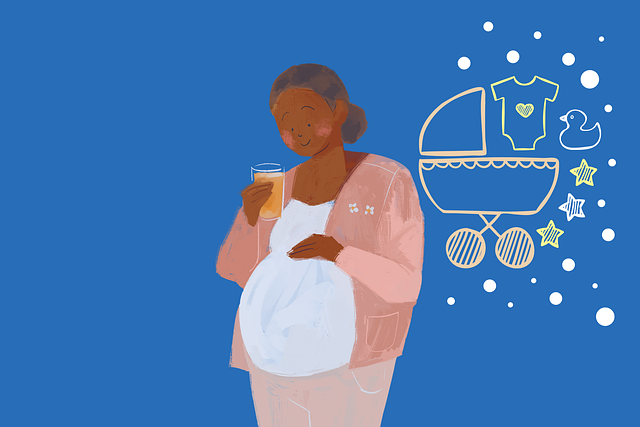These are my stretch marks. I created them.
I penned those words in the journal I kept last summer, right next to the notes I had been taking about my mother’s health status.
Visiting a hospital day after day, week after week, establishes a certain rhythm: familiar greetings from the nursing staff, updates on her condition, and the unsettling sight of a loved one in a vulnerable state. However, some moments transcend the mundane and become profoundly impactful.
When I entered my mother’s hospital room one day, I was struck by her body, a vessel that had endured 60 years of life. Her journey was far from easy: battling breast cancer, kidney cancer, liver failure, and ultimately a metastatic brain tumor. She hadn’t always treated her body with kindness either—years of smoking, a decade of drinking, a lifelong love for sweets, and an aversion to physical activity marked her existence. Yet, she never complained or showed self-pity, at least not in front of me.
It had been several days since we’d shared a meaningful conversation. She had stopped opening her eyes or eating, but I noticed her fidgeting. She had pulled her bright green shirt up slightly, revealing her swollen belly, distended with fluid, just below her remaining breast.
For a brief moment, I considered looking away and covering her up. My mother had always been self-conscious about her appearance. The only proof she had ever donned a two-piece swimsuit was a small, faded photograph from her teenage years, showcasing her tall frame and striking legs. Throughout my life, she had often lamented the excess skin that had expanded to accommodate three tiny humans, opting for one-piece swimsuits and beach cover-ups while tugging at any shirt that seemed too revealing.
Yet, in that quiet space, with only the two of us and some unplugged machines, I found myself captivated by the thick, white, jagged lines that marked her belly—like the claw marks of a bear on a tree. I couldn’t look away. An indescribable intensity pulled me in, and I felt the weight of our 40 years together etched onto her skin.
In that moment, the essence of motherhood was vividly present, offering me a profound connection at a time when I desperately needed it as she prepared to leave this world.
What I saw in those marks on her abdomen was a deep bond: I was her child. I embodied her sleepless nights, her heartburn, her discomfort, and her longing for respite in those final weeks. Together, we shared a lifetime of joy, support, struggle, laughter, and tears. She would soon carry my marks with her.
Stretch marks are not something anyone dreams of having. They, along with C-section scars, sagging breasts, and other physical reminders of motherhood, can deeply affect a woman’s self-image. It is not uncommon for mothers to express dissatisfaction with their bodies; this does not diminish their love for their children. Society often pressures us to hide, alter, or reshape our bodies, leading us to forget our identities beyond motherhood.
But what if, just for a moment, while we run our fingers over these marks that peek out from our swimsuits or pop out from our jeans, we consider how our children perceive them? One day, our little ones might look at our scars and see not flaws or imperfections, but rather the love and connection that our bodies represent.
For further information on home insemination methods and pregnancy resources, consider visiting Make a Mom for insights and guidance. Additionally, American Pregnancy offers valuable resources on donor insemination.
In summary, stretch marks tell a story of love, sacrifice, and the intricate bond between mother and child, inviting us to embrace our bodies and the experiences they represent.
Keyphrase: stretch marks and motherhood
Tags: [“home insemination kit”, “home insemination syringe”, “self insemination”]
